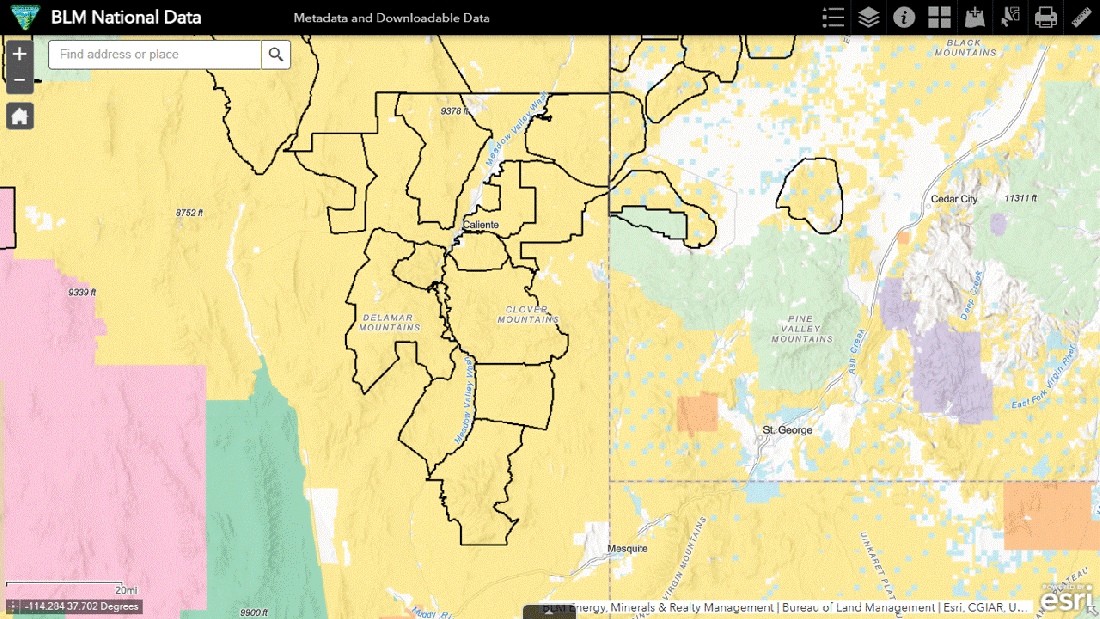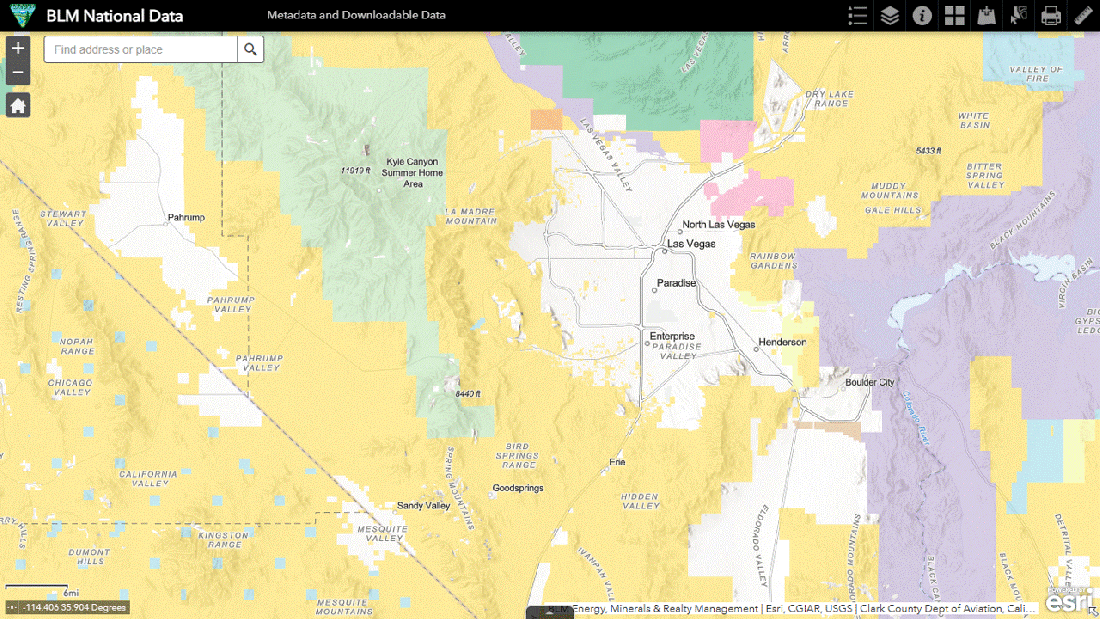The incident started on April 16. Results through May 17:
- Scope: Caliente Complex
- Target: Horses
- Type: Planned
- Method: Bait
- Goals: Gather 350, remove 350
- Captured: 159, up from 124 on Day 28
- Shipped: 136, up from 113 on Day 28
- Released: None
- Deaths: 5, up from 3 on Day 28
- Average daily take: 5.0
- Unaccounted-for animals: 18
The figures above are based on the daily reports.
A stallion was dispatched on Day 31 due to a fractured leg along with a mare because of blindness, lifting the death rate to 3.1%.
The capture total includes 65 stallions, 70 mares and 24 foals.
Youngsters represented 15.1% of the animals gathered, consistent with a herd growth rate of ten percent per year.
Of the adults, 48.1% were male and 51.9% were female.
Body condition scores were not given.
The location of the trap site is not known.
The Complex is subject to permitted grazing. Resources liberated to date:
- Forage: 1,908 AUMs per year
- Water: 1,590 gallons per day
There are no plans to treat any of the mares with fertility control pesticides and return them to the range.
The roundup supports three tenets of rangeland management.
RELATED: Caliente Roundup, Day 28.








